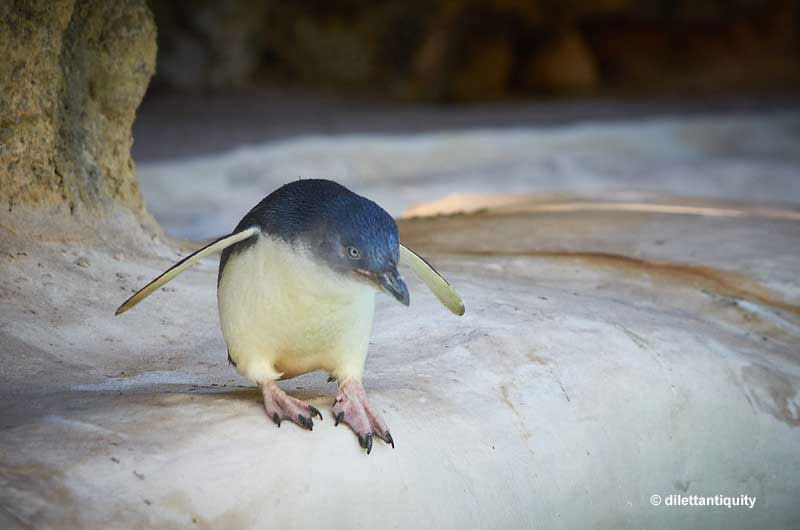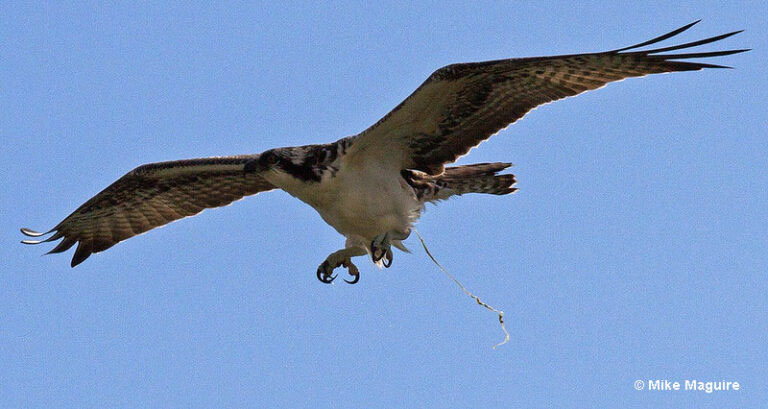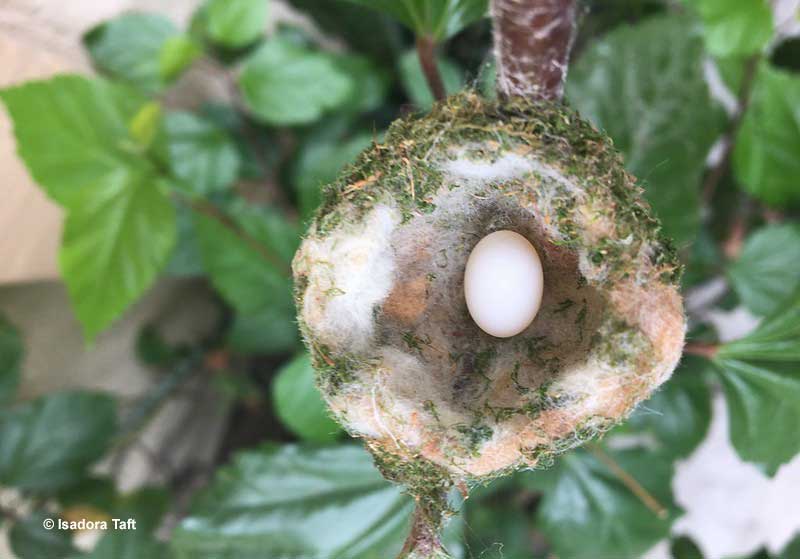Penguins, cute and fluffy on the outside, can look quite terrifying when they open their bills. You’ll see rows of sharp serrated growths facing their throats, which helps them grip and swallow their prey.
However, these are not teeth. But what are they then?
Looking Inside The Mouths Of Penguins
When peering into the mouths of penguins, you will find rows of teeth-like growths. However, they are not teeth but rather rows of small, pointy, serrated growths called papillae. These fleshy spikes are not there to chew, but they play a crucial role in the penguin’s feeding strategy.

Growing in rows and bending inward toward the penguin’s throat, the papillae serve as a clever mechanism to make sure the prey can’t escape. Think of these spikes like barbed fish hooks.
If a fish tries to slip away, it gets caught on its serrated edges, ensuring that the penguin retains its hard-earned catch. The fish can only move towards the penguin’s stomach.
What Do Penguins Eat?
All penguins are carnivorous. Predominantly fish eaters, all penguins favor small species like anchovies, sardines, sprats, cod, and mullet. Their specific diet depends on their species and location. Overall, larger penguin species incorporate cephalopods such as squid and cuttlefish into their diet, while smaller species might indulge in crustaceans like krill, crab, and shrimp.
Different penguin species forage in different ways that are best suited to their specific habitats and prey.

Some smaller penguin species, like the Little Blue Penguin, are mostly surface foragers. They swim near the ocean’s surface and generally dive only to around 6-7 feet deep. Larger penguin species, such as the Emperor Penguin, are adept deep-sea divers. They can dive to considerable depths, with the deepest one being around 1850 feet.
In some cases, penguins forage in groups. This cooperative foraging can involve creating a “net” of swimming penguins to herd schools of fish toward the shore for easier capture. However, even though they hunt cooperatively, some species, like the Little Penguin, can still compete with each other for prey.
Can penguins taste food?
Penguins, like humans, possess taste buds, but their taste perception differs significantly. While humans have five taste receptors—sweet, bitter, sour, salty, and umami—penguins seem to have lost three of these.
They most likely can not taste sweetness or strong flavors, but most likely, they do feel sour and salty tastes. This taste loss is believed to be an adaptation to the harsh Antarctic environment where penguins evolved.
The cooling of Antarctica millions of years ago may have influenced the taste receptors of the penguins’ common ancestor.
The most likely cause is that due to lower temperatures, the protein that’s responsible for sending signals to the nervous system about those three tastes doesn’t work that well. In addition to that, their habit of swallowing food as a whole also indicates that they have less need for taste receptors.
Do All Penguin Species Have Spiny Mouths?
While all penguin species have those tiny spikes in their mouths, then the extent of these structures varies. These papillae, often referred to as tiny spines, barbs, or even mistaken for teeth, play a crucial role in their feeding habits. The spikes help them grip slippery prey during consumption, should it try to escape, forcing it to go forward down the bird’s throat.
A bite from a penguin is generally nothing to worry about, but it might still hurt. However, you also need to watch out for the sharp tip of their bill. The bites can break the skin but very rarely result in more serious lacerations, even more so because penguins are generally not aggressive toward humans.
Hunting During The Night And Other Fun Facts
- Emperor Penguins, the largest penguin species, can dive to depths of 1600 feet and stay submerged for up to 20 minutes in search of food.
- Penguins undergo a molting period where they shed and regrow feathers; during this time, they fast and rely on fat reserves.
- Some penguin species, like the Fiordland Penguin, are known to be nocturnal hunters, foraging for food during the night.
- Penguins often consume fish head-first to minimize the risk of fins getting stuck on the way down their throats.
- Penguins ingest small pebbles or stones. These help them with the grinding and digestion of their food. Once in the stomach, these stones assist in breaking down the harder parts of the prey, such as fish bones.
- Some male penguins can go as long as 120 days without food during the breeding season.
- Different penguin species cover different distances in search of food. Most stay within 36 miles of the shoreline and cover fewer than 60 miles in a single trip. However, King and Emperor Penguins, for example, can cover almost 1,000 miles in about a month when they’re out foraging.
- Penguins are not the only birds with tooth-like serrations. Some duck species (namely mergansers) have similar serrations on their bills, while geese use theirs on grass.
Frequently Asked Questions
How do penguins eat without teeth?
Penguins lack teeth; instead, they rely on backward-facing spines or papillae in their mouths to grip and swallow prey whole.
Do penguin bites hurt?
Penguin bites can be painful due to their sharp, beak-edged bills, which are adapted for catching and consuming slippery prey. While typically not dangerous, they may still hurt and pierce the skin.
Why do penguins eat pebbles?
Penguins eat pebbles because it helps them grind up and digest food that they’ve swallowed whole. It is also theorized that penguins swallow them to reduce buoyancy or alleviate hunger.



